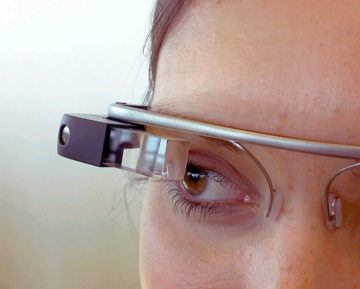by David Kordahl
 In the part of my life when I was most actively trying to invent myself as a writer, I was working as a high school teacher and was desperately unhappy. (Notice the way that I put this: “I was working as a high school teacher,” not “I was a high school teacher”; the notion that a job defines a person still disgusts me.) In the evenings, I left work and wrote magazine pitches, not as many, I realize in retrospect, as could have brought me success, but enough to keep me talkative in the teacher’s lounge. I had the impression, back then, that a writer could make a name for himself on the basis of a single strong piece, and since my work was deeply derivative—I was, after all, inexperienced—I hatched a plan.
In the part of my life when I was most actively trying to invent myself as a writer, I was working as a high school teacher and was desperately unhappy. (Notice the way that I put this: “I was working as a high school teacher,” not “I was a high school teacher”; the notion that a job defines a person still disgusts me.) In the evenings, I left work and wrote magazine pitches, not as many, I realize in retrospect, as could have brought me success, but enough to keep me talkative in the teacher’s lounge. I had the impression, back then, that a writer could make a name for himself on the basis of a single strong piece, and since my work was deeply derivative—I was, after all, inexperienced—I hatched a plan.
Some of my favorite writers, from Tom Wolfe to Hunter S. Thompson to David Foster Wallace (I know, go on, roast me), had visited Las Vegas to mine its filth for gold. I figured that I could do the same. No one responded to my pitch (why would they), but I was undeterred. I bought a plane ticket to Las Vegas to write a piece so great it would be undeniable, an X-ray of American culture.
The site I chose for my con was the Consumer Electronics Show, the 2014 International CES. This required a bit of planning, since CES was (and is) an officially closed event, whose guidelines only allow industry insiders to attend—writers, for instance, whose venues reach “more than 1,000 unique monthly visitors and [are] updated weekly with original tech-industry related news.” I was no professional, but I listed myself as writing for an online book review, which was sort of true. After an initial rejection, CES (mistakenly?) gave me a press pass, which I took as a good omen.
The piece that I wrote about this event, all 13,000 words of it, was never published, but I reread it recently and was surprised. The world (to repeat a cliché) seems to have experienced a schism in the past decade, but such schisms aren’t so easy tracked in oneself.
My piece used the appearance of convention-goers wearing the Google Glass, that relic of wearable tech, as an organizing motif. In January 2014 this seemed futuristic (a commercial version wouldn’t be released until March), a symbol of the cyborg world to come.
I could hardly have been less prescient. Read more »
